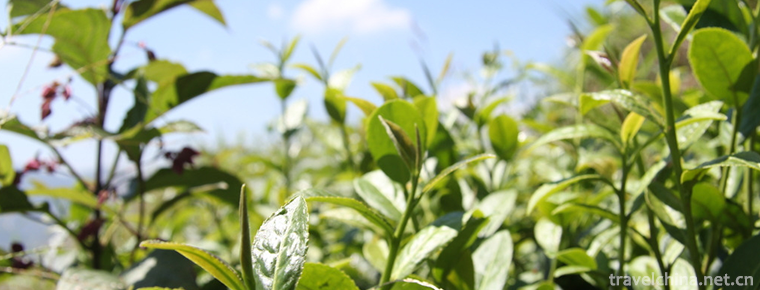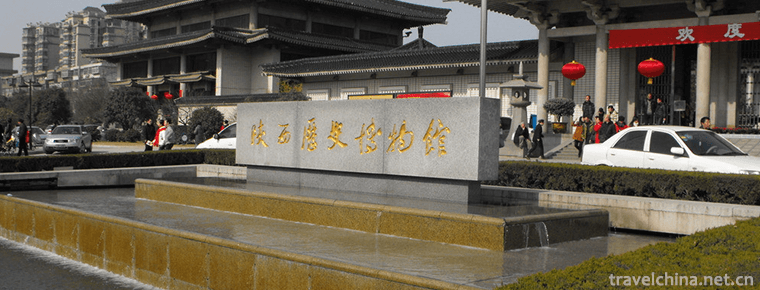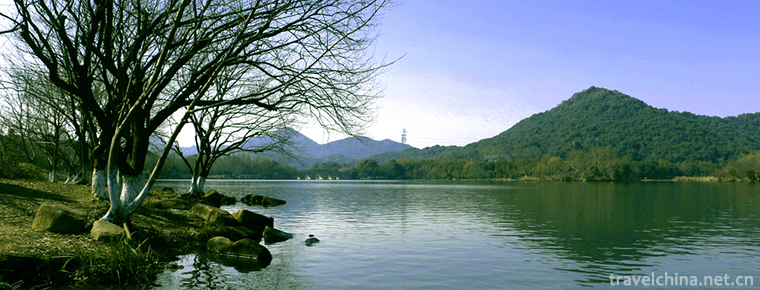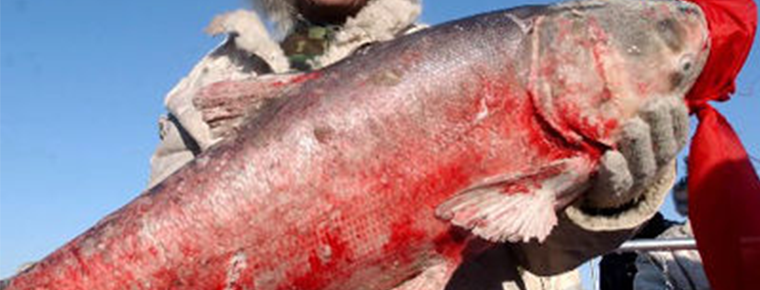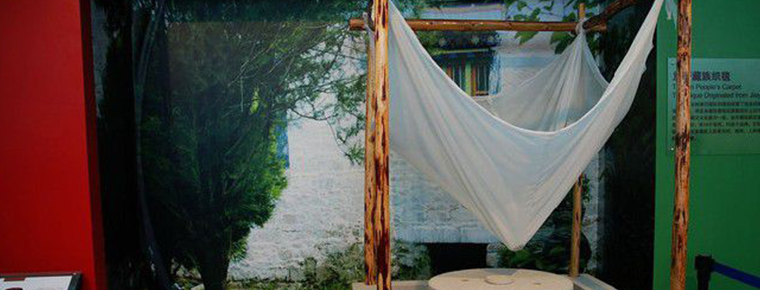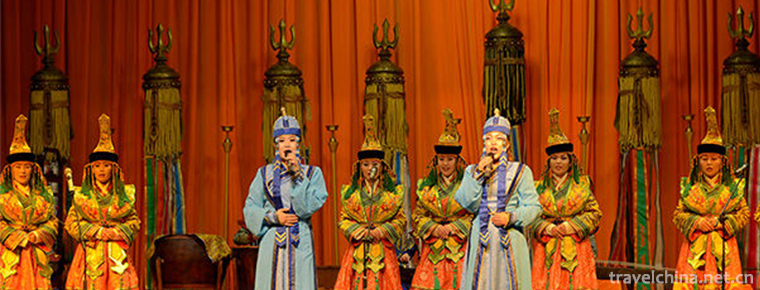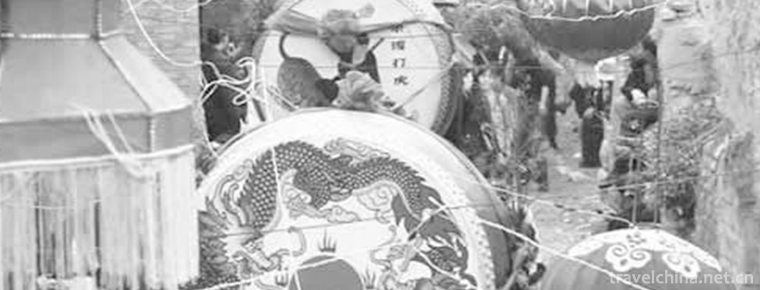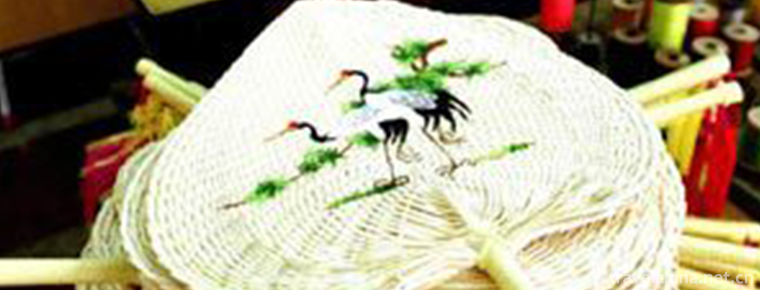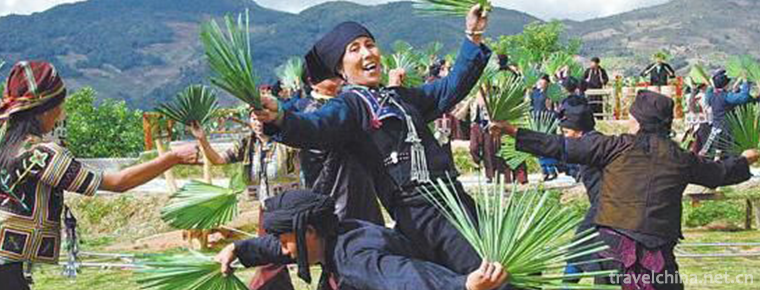Dragon file long dang
"Dragon File", also known as "Bench Dragon", is a craft art with strong local folk traditional characteristics in Yueqing, Zhejiang Province, China. Dragon stalls are developed from "bench dragons". They are made of wood into bench-shaped dragon bodies, which are joined into a wooden plank dragon body. They are one of the traditional arts and crafts with local characteristics in Yueqing area, southern Zhejiang Province, and also a form of folk cultural activities for the people of Jiangnan Province to enjoy themselves for a long time.
Yueqing Dragon File parades every year on Lantern Festival. After the parade, it is properly preserved and reused next year.
In 2008, it was selected as the second batch of national intangible cultural heritage list.
Historical origin
Dragon stalls are developed from "bench dragons". They are made of wood into bench-shaped dragon bodies, which are joined into a wooden plank dragon body. They are one of the traditional arts and crafts with local characteristics in Yueqing area, southern Zhejiang Province, and also a form of folk cultural activities for the people of Jiangnan Province to enjoy themselves for a long time.
Yueqing Dragon File has a long history. Yueqing County Chronicle compiled in the year of Yueqing Dade once vividly described Yueqing's Lantern Festival activities in urban and rural areas: "Lishe Sheng Dadan, Tongqu cut ribbon, share appreciation with the public, and enjoy with the people." "Fire tree light Tengcheng night, silver fireworks sparkling Changchun." Legend has it that Yueqing Dragon File began in the Ming Dynasty and has a history of more than 500 years.
The Ming Dynasty Jiang Huai's "Qihai Trivial Talk" records that at that time Yueqing was well known as "village muddy, like dragon head and tail, tailored version as the body, turning wheels, camplight on top, from the golden drum, along the door reward, known as dragon boat lantern." Jewelry dragon production technology is a unique folk craft in Yueqing, Wenzhou, southern Zhejiang Province. At present, it mainly concentrates in Beibeixiang Town, Liushi Town and other Western towns of Yueqing City. The ancient folk relics of Wuyue in Yueqing, rich marine culture and commercial culture, unique geographical location and cultural background are the basis of the birth of jewelry dragon making skills. Yueqing jewelry dragon has been loved by the local people because of its unique folk cultural value and strong ornamental. Every year around the Lantern Festival, Yueqing will hold a grand jewelry dragon parade, people expect jewelry dragon can bring good weather, fruitful grain.
"Fire tree light Tengcheng night, silver fireworks sparkling Changchun." There is a traditional custom of dragon boating in Xixiang of Yueqing. Generally, the lights are on the eighth day of the first lunar month and on the seventeenth day of the first lunar month, while the assembly of dragon gear begins on the first day of the first lunar month. Dragon stalls travel with dragon boats, gongs and drums open the road, blowing and beating, very lively. The woodcarving dragon file of Xuewan Village in Wengyuan Town was first made in Guangxu four years (1878). It has a history of 131 years. Because of its long history, its earliest sculptor has no way to verify. After several repairs.
Since 1952, campaigns have been carried out to break down superstitions and the four old ones. The dragon boat is no longer rowed in the village. The dragon gear is also put up in the loft of two large families in the village. It is for this reason that during the Cultural Revolution, when the Red Guards copied from house to house, the Dragon file was saved. According to villagers Li Xiqin, in the late 1970s, when Yueqing dragon sculptor Zheng Xiangkui and Zheng Shengcun were invited to repair the Dragon file, they re-sculpted and disposed of all the carvings and some other parts and related accessories. When CCTV came to Yueqing to shoot "Millennium Ancient County", this ancient dragon stall attracted their attention and was moved onto the CCTV screen.
In 2007, the jewelry dragon craftsmanship successfully declared the second batch of intangible cultural heritage projects in Zhejiang Province. In September 2007, Yueqing jewelry dragon was exhibited in the "China intangible cultural heritage protection achievements exhibition"; in December 2007, it was collected by the Chinese Academy of Art. At present, Yueqing has two professional jewelry dragon production bases. The project is of great value and difficult to learn. As artists grow older, protection is imminent.
Form of performance
carving
Yueqing Dragon Pavilion is made of camphor tree and mud tree, camphor wood carving Pavilion head, tail, Pavilion and archway, and pavilion. The Pavilion board, large back, small back and handle are made of field clay tree. Dragon stalls are usually 20 to 40 meters long. Camphor and mud trees are sawed into blocks or oblate rectangular plates by woodworking saws, and then the backs and backs of the gears are set according to the specifications. Then the backs and backs of the gears are processed according to the specifications, and the themes of the blocks are selected and processed (such as dramatic characters, three kingdoms, mythological stories, etc.). The backs of the gears and the gearboards are matched with the matching materials. Each gearboard is set with the historical story characters. There are beasts on each gearboard, and the flagpole fights on the story characters. There are pavilions, pavilions and archways at the end of the stalls, and historical figures and activities in the pavilions and pavilions. Back and baffle adopt relief scenery, flowers, birds and character stories. After the whole sculpture is finished, paint processing and color depiction are also required. The whole dragon gear is painted vermilion, with gold foil or various colors of red, yellow, blue, green and purple. Finally, the lantern is placed in the middle of the baffle. When the lantern is lit during the parade, it shows its exquisite and brilliant momentum.
Outing
When the Dragon Pavilion travels, the colorful banner, the gong and drum, the long pole lantern lead the way, and the jewelry dragon is in it. After Yueqing Dragon Pavilion, the end drum band blows and beats, and a flourishing scene of "Fire Tree, Silver Flower and Street Dance" is created. The whole Yueqing Dragon File is made up of strong young backs, each wearing martial arts clothes, headscarves, and strides with the rhythm of gongs and drums. When the Yueqing Dragon Pavilion parade arrived at the designated place, there had already set up incense cases, offered sacrifices, lit firecrackers, and welcomed the arrival of the Dragon Pavilion team. Firstly, dragon dancing is performed by dragon stalls on a wide venue. Dozens of people carry dragon stalls to speed up their pace, while carrying dragon stalls in circles, while running in waves. Then the Dragon stall stopped at the incense case to let the masses watch, and the singers in the Dragon troop sang congratulations before the incense case. Strike etiquette, the owner should set off firecrackers to send Yueqinglong file travel. On the night of the light falling on the seventeenth day of the first lunar month, dragon boats and Yueqing dragon boats will go on the road where dragon boats and dragon boats in the village can march. This is known locally as the "seventeen-night wound recovery" (with the meaning of surrendering demons and demons), and then burn the dragon boat made of bamboo paper to ensure the safety of one side.
Inheritance significance
Yueqing Dragon File, a folk entertainment with lanterns and colors, contains people's desire to make dragon files with camphor wood to eliminate disasters, ward off evil spirits and protect peace. Every year from the tenth day of the first lunar month to the seventeenth night of the first lunar month (usually on the seventh day of the first lunar month), the lights start on the second day of the first lunar month, and the Yueqing Dragon File goes on the lights ahead of time in order to prolong the duration of the activities of the Lantern Festival). Later, the villages pull out their own dragon stalls and gather together to compete, gradually becoming a form of folk cultural entertainment activities for the people.
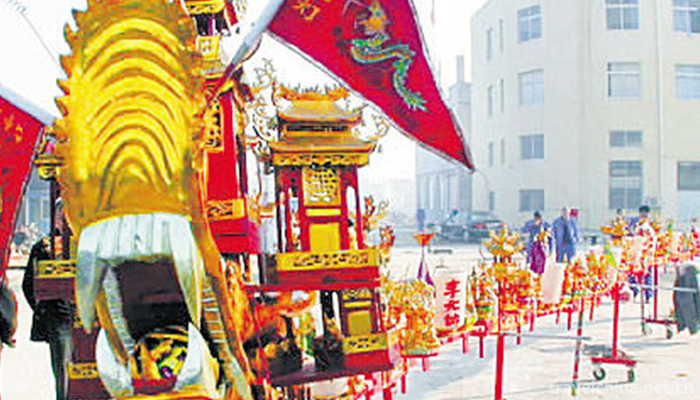
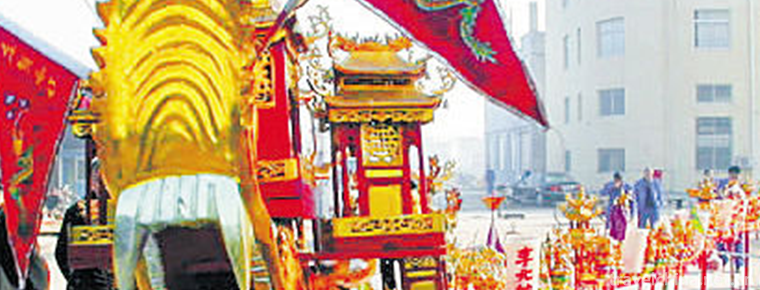
Dragon file long dang
-
Anxi Tea Grand View Garden
Anxi Tea Grand View Garden in Quanzhou, Fujian Province is located in Fengguan Mountain on the north side of Fengcheng City. It covers an area of 11 mu
Views: 149 Time 2019-01-02 -
Shaanxi History Museum
Shaanxi History Museum, China's first large-scale modern national museum, the first batch of China's "AAAA" class tourist attractions, known as the "ancient capital pearl,
Views: 162 Time 2019-02-08 -
Xianghu Lake
Xianghu Lake is known as the "sister lake" of the West Lake for its beautiful scenery. It is a lake located in Xiaoshan District, Hangzhou City, Zhejiang Province, China. Xianghu Lake is als
Views: 197 Time 2019-02-25 -
Winter capture of Chagan Lake
Winter fishing in Chagan Lake, namely ice and snow fishing (or hunting) in Chagan Lake in winter, is a traditional fishery production mode (custom) in Qianguoerros Mongolian Autonomous County
Views: 198 Time 2019-04-15 -
Production Techniques of Lhasa Jiami Water Mill
Jiami Water Mill was built in the 17th century A.D. It shows the outstanding ability of Tibetan people in mechanical manufacturing and grain processing. It makes full use of natural spring water to gr
Views: 340 Time 2019-05-10 -
Mongolian Khantin Music
The most important component of Mongolian traditional music is court music, which is Mongolian Khan music. Successfully selected into the fourth batch of national intangible cultural heritage list.
Views: 136 Time 2019-06-03 -
Sun Bin quan
Sun Bin Quan is an ancient and rare traditional boxing in Shandong Province. Its connotation is broad and profound, which was created by Sun Bin, a military strategist in the Spring and Autumn Period
Views: 192 Time 2019-06-17 -
Yucun drum car
Yucun Drum Car has a history of more than 2,700 years. It has recovered after a long history of ups and downs. Drum truck is a combination of drum and car, which evolved from the ancient chariot. As a
Views: 120 Time 2019-06-28 -
Xinhui Sunflower Art
Xinhui Sunflower Art, a traditional Chinese handicraft, originated in Xinhui District, Jiangmen City, Guangdong Province. Xinhui Sunflower Art has a history of more than 1600 years, and became famous
Views: 136 Time 2019-07-06 -
Brown Fan Dance
On the day of the grand Brown fan dance festival, adult men gather in groups on a square with their own delicacies and rice wine every day, and hold a large-scale Brown fan dance activities by arrangi
Views: 398 Time 2019-08-16 -
Huangshan University
Huangshan University, formerly known as the Huizhou normal school, was founded in 1978. In December 1997, it merged with the Huizhou Junior College of University of Science and Technology of China. It
Views: 142 Time 2019-11-17 -
Stir fried pork with salted vegetables
Stewed pork with dried plum is a famous traditional flavor dish in Shaoxing, Zhejiang Province. The main raw materials are dried plum and streaky pork. Dried vegetables absorb meat fat to remove astri
Views: 476 Time 2020-03-18
